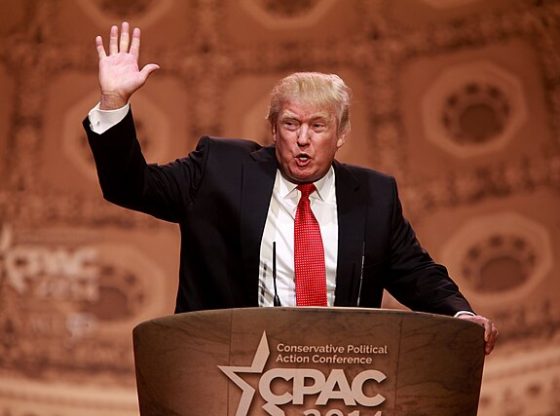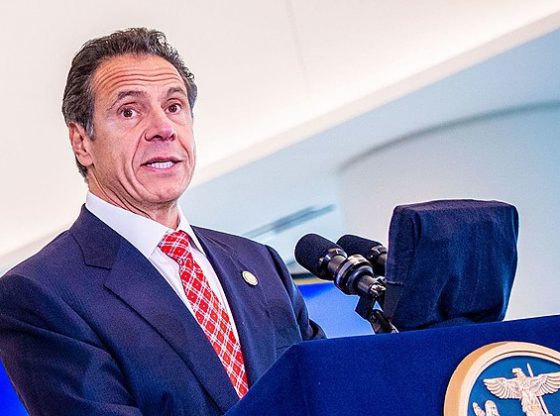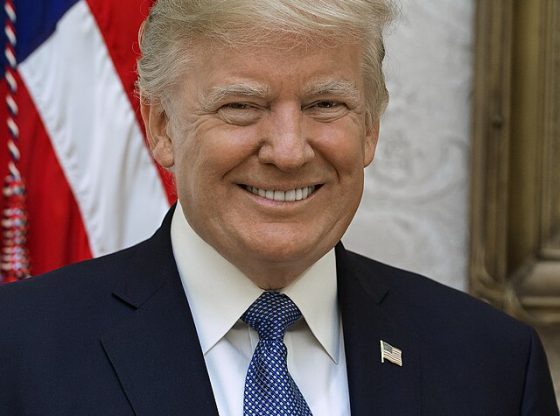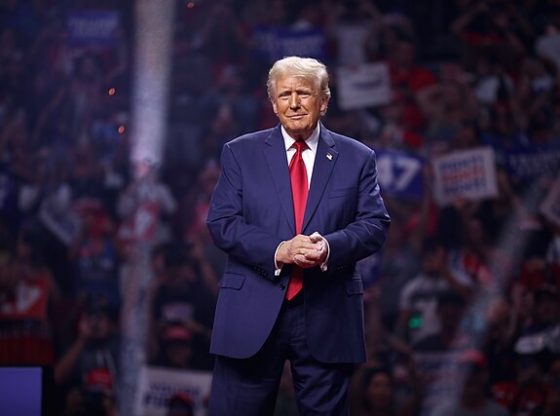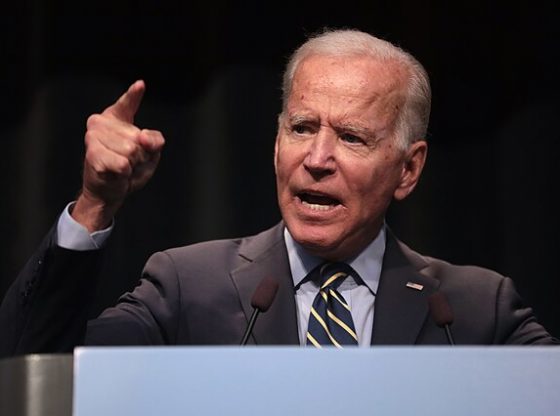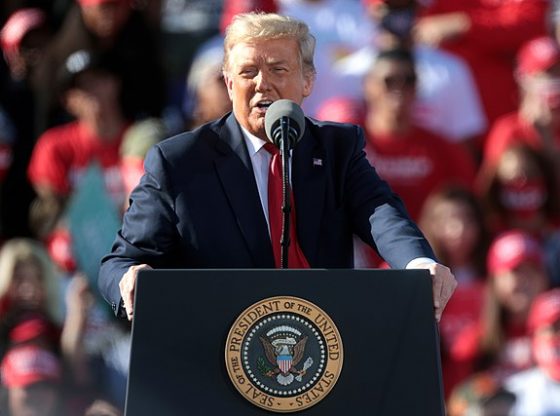The United Auto Workers (UAW) concluded contract negotiations with the Big Three automakers over the last week, creating a deal that raises labor costs when the automakers are already struggling against competitors, according to experts who spoke to the Daily Caller News Foundation.
The Big Three automakers — Ford, General Motors and Stellantis — reached three separate tentative deals starting on Wednesday that ended a six-week-long partial strike at the companies from the UAW after workers’ contracts expired on Sept. 14. Due to the increased labor costs from higher wages and benefits, the Big Three are put at a disadvantage compared to non-unionized workforces both domestically and abroad at a time when the companies try to shift to the production of electric vehicles (EV), according to experts who spoke to the DCNF.
“The fact is that these companies are in a very precarious moment,” Scott Lincicome, the vice president of the Herbert A. Stiefel Center for Trade Policy Studies and general economics at the Cato Institute, told the DCNF. “They are already uncompetitive on labor costs versus not just overseas competitors, but competitors here in the United States. Most notably Tesla, but also non-unionized manufacturers down in the Right to Work states in the South.”
The three companies reached separate deals with different terms, but they were all united in giving autoworkers a 25% raise over the course of the four-year and eight-month contract and restoring the cost-of-living adjustment, according to announcements from the union. The deals also eliminated wage tiers, meaning the lowest-paid worker at Ford will receive a 150% raise over the course of the contract.
Foreign auto manufacturers and Tesla have chosen to set up their U.S. operations mostly in the U.S. South, where labor protections and unions are weaker, giving them more leverage to have lower wages and fewer benefits, according to The New York Times. For example, Toyota has tens of thousands of workers at plants in Kentucky, Mercedes-Benz has plants in Alabama and Tesla has operations in Texas.
Labor costs, including wages and benefits, at the Big Three automakers following the terms of the deal are estimated to jump to around $90 an hour per worker, around double that of Tesla and foreign car companies that operate in the U.S., which average around $45 to $55 per hour, according to Insider. The Big Three’s costs before the new deals were still above their competitors at around $66 an hour per worker.
“This will have one of two effects or both effects,” Mark Mills, a senior fellow at the Manhattan Institute and a partner in Montrose Lane, an energy-tech venture fund, told the DCNF. “It obviously gives an advantage to lower-labor states and countries. It also gives a greater incentive to accelerate automation so that you don’t have to have as many people.”
In its deal, GM also agreed to bring workers at its Ultium Cells plant, which makes batteries for EVs, under the master contract, expanding the union’s reach to the EV manufacturing portions of the business as the companies shift more of their production over. The Biden administration has sought to have half of all new vehicles be EVs by 2023, providing billions in subsidies to the industry while U.S. auto companies try to compete with China’s EV production capability.
“Every Western automaker is at a huge disadvantage against the state-controlled Chinese automobile companies because of the subsidies,” Mills told the DCNF. “If there were ever a case for what the World Trade Organization calls dumping, it would be the deep level of implicit and explicit subsidies of resources, inputs, capital and labor are inherent in the Chinese auto industry that puts every Western automaker at a disadvantage, without any question.”
The European Union has gone so far as to launch an investigation into the Chinese EV industry in an effort to increase the EU’s domestic competitiveness, inquiring whether the economic body should introduce new tariffs due to the huge amount of Chinese government subsidies in the country’s economy boosting its EV industry, according to The New York Times. In 2009, China set the goal of becoming a global leader in EV production and set the policy of subsidizing taxi fleets and government agencies to buy EVs.
The Big Three have steadily declined in market share for several decades, with GM once owning 50.72% of the U.S. car market in 1962 while Ford had 26.77% that same year and Stellantis, formally Fiat Chrysler Assembly, peaked most recently in 1996 at 15.86%, according to Knoema. In 2022, GM possessed just 13.16%, Ford at 10.73% and Stellantis at 8.98%, according to Good Car Bad Car.
Alternatively, the foreign auto manufacturer Toyota entered the U.S. market in 1965, possessing just 0.06%, while Honda did not enter until 1970 and Hyundai until 1986, according to Knoema. Toyota, as of 2022, controls the second-largest market share in the U.S., at 11.74%, while Hyundai and Honda follow closely behind Stellantis, controlling 8.42% and 5.70% of the market, according to Good Car Bad Car.
Newcomer Tesla only possessed 3.11% of the U.S. car market in 2022, ranking 9th among other car makers in terms of market share, but rose an astonishing 77.51% relative to its competitors year-over-year, while the rest of the top ten shrank to some degree, according to Good Car Bad Car.
“A very significant amount of Tesla’s profits are not in making cars, but in selling their emissions credits to the other car makers,” Mills told the DCNF. “That puts the other carmakers at a disadvantage, which is a consequence of government regulation. And now they have a bigger disadvantage because the labor costs have gone up.”
Workers at non-unionized automakers and the UAW have sought to capitalize on the relative strength of organized labor at this moment following a number of different union wins, with the UAW setting its sights on companies like Tesla, Honda, Hyundai and more, according to CNN. Toyota, following the deals with the Big Three, raised its top wage to more than $40 an hour to appease workers.
In terms of the short-term consequences of the strike, the automakers racked up over $5 billion in revenue losses collectively due to walkouts, with Stellantis faring the worst, losing $3.2 billion.
“Labor costs are not what make or break an automaker, but it just makes them a little less competitive when they’re already losing market share,” Lincicome told the DCNF. “They’re already spending money hand over fist to try and convert to EVs and doing that at a loss, so there’s no great victory here to be had.”
Ford, GM and the UAW did not respond to a request to comment, and Stellantis deferred the DCNF to previous statements.
Will Kessler on November 3, 2023




